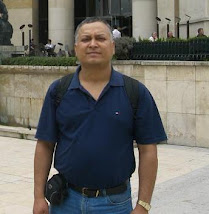Parliament passed the constitutional amendment late on Wednesday. It requires a two-thirds majority to end the monarchy. The king has become increasingly sidelined since being forced to restore parliamentary democracy last year.
Power to remove "If the king is found to be creating any serious hurdles or planning a conspiracy to disrupt the special assembly election planned for November, the parliament now has the power to remove him," Parliamentary Speaker Subash Nemwang told the Associated Press news agency.
Officials say that there are no plans at the moment to depose the king, whose future will be decided at a meeting of the special assembly after it is elected in November. Experts say that parliament has given itself the power to remove him because of the possibility that he might want "to conspire" against the polls.
King Gyanendra relinquished his authoritarian powers in April 2006 after weeks of pro-democracy protests. Since then he has lost most of his powers and is no longer head of the army. He is now seldom seen in public, and does not often go outside of his palace in Kathmandu. The Shah dynasty has provided monarchs for Nepal for the last 238 years. | ||
Thursday, 14 June 2007
Nepal's monarchy faces new threat
Posted by
Krajend
at
19:22
![]()
Subscribe to:
Post Comments (Atom)





































No comments:
Post a Comment